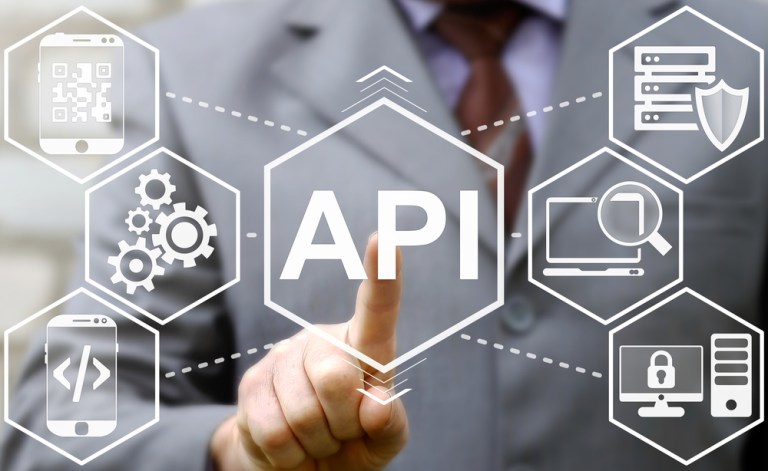
PSD2 looms, and so does a new era of data sharing. Opt-ins will replace opt-outs, and for U.K. startup Tail, open banking APIs mean better merchant/consumer relationships, as Phillip Keller, CEO and founder, tells PYMNTS’ Karen Webster in our latest Data Drivers
Challenger banks.
The image is one of “put up yer dukes” in Europe’s financial world, specifically in the U.K. Scrappy upstarts versus older and slower, but experienced, champions. Megabytes of data vs. marbled halls.
And against all of this, PSD2, of course, looms large. The directive is meant to foster innovation in the banking sector. Beginning early next year, banks are required to have APIs in place that would allow consumers to opt into third-party services.
In our latest Data Drivers interview with PYMNTS’ Karen Webster, Philipp Keller, CEO and founder at Tail, said of PSD2 that “it opens up the banking data and a whole host of business models will come into being.” The story, writ large, is one of platforms enabling new opportunities for U.K. merchants and consumers.
Through its app, Tail offers discounts with local merchants tied to cards issued by challenger banks, with the discounts coming through cash back. For Tail, he said, the lure is to reduce friction in the relationship between the merchant and the consumer.
Consumers banking with the linked challenger banks would sign into the Tail app to get real-time, automated access to the aforementioned offers. The merchant benefits from greater exposure and revenue streams, which can come even during off-peak hours. The relationship is a two-way street of convenience between the parties, said Keller.
In today’s data-rich world, demographics skew toward the tech-centric users willing to try new banking services, and who Keller said are relatively accustomed to providing their personal data to third parties with the proper privacy in place, all in return for good value.
As might be expected, privacy concerns abound, noted Webster. The fact remains that consumers do not always know who they can trust with their data. (Tail’s platform, for its part, does not identify who is conducting which transaction on the consumer side – only how many transactions are happening and for how much).
Those concerns set the stage for the first data point discussed by the duo…
Data Point Number One: 66 Percent
This is the percentage of people in the U.K. who say there is the potential for compromised data when doing business online.
As the conversation between Webster and Keller hearkened back to the challenger banks, Keller noted the relationships here between those banks and their consumers are typically strong ones, backed by trust and solid IT operations.
As part of PSD2, Keller said the legislation that is in place with the banks in Europe mandates that they act continuously in compliance with best security practices.
Data Point Number Two: 70 Percent
A whopping 70 percent of consumers pointed to a lack of clarity about the location of their data, and what rights they have over that data.
PSD2 is improving that clarity a bit, said Keller, with a key point levied across the opt-in vs. opt-out clause. Historically, if you didn’t want data to be shared, the opt-out was crucial. Conversely, the opt-in means that consumers must think for a bit, with the knowledge that “I am the one who generates the data” and is ultimately responsible for it.
On a conceptual level as posited by Keller, the opt-in is only done if the value or return to the consumer is comparatively greater. The upshot? A few platforms, well-differentiated, will become “best gatekeepers” in their respective verticals, in retail or healthcare, for example.
Data Point Number Three: Two-Thirds
This is the percentage of millennials who would find it easier to leverage what money they have – debatable though the amounts may be – if they could see all of it in one place.
According to Keller, this opportunity to have account information service providers display all card details and other information in one place is “incredibly helpful” for consumers, as they can track what they spend money on, where they spend it and when.
The Tail objective is to be “the rewards program” partner for challenger banks, aggregating and adding onto existing programs for smaller merchants focused on discounts (as they partner with the banks). “We are levelling the playing field with the big guys,” said Keller. Ultimately, “I am convinced that any company is going to market through APIs,” he said. “We make it as easy for the smaller [firms] to come on as for the larger ones.” There are no integration or setup costs, and the offers are brought onto the Tail platform within minutes. “It takes nothing” to reach out to customer bases in place (and new ones, too).
One final thought: The sea change in data access needed a regulatory push, said Webster, and did not form naturally through commercial forces. Agreed Keller, “It is mind-blowing that we had to wait until 2017 to get [this level of detail].”